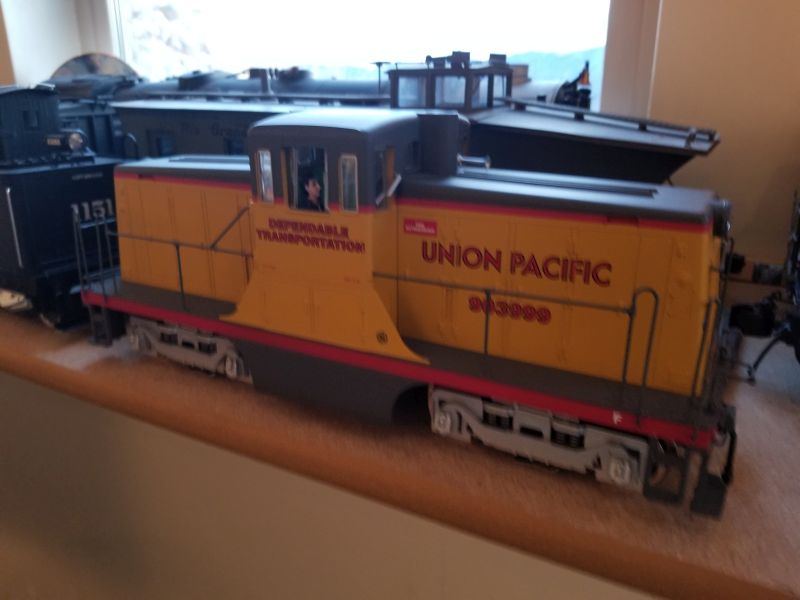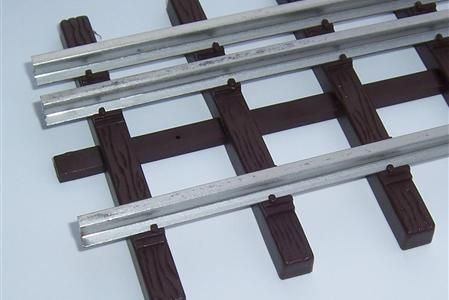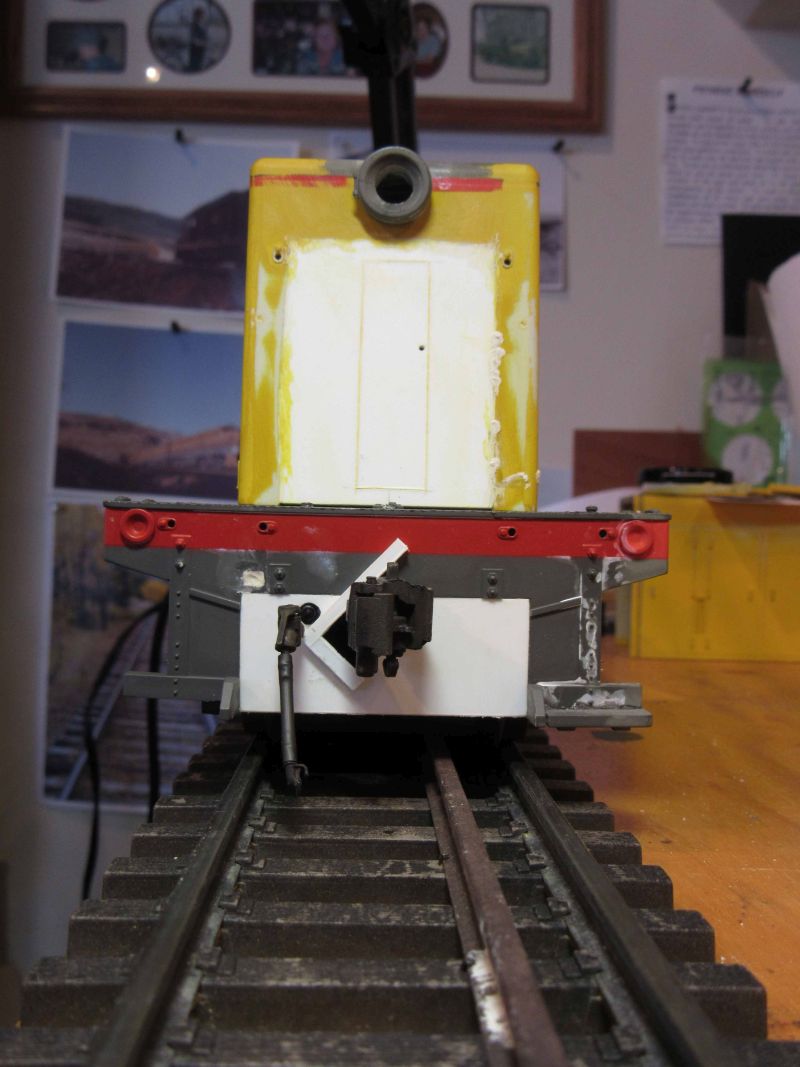Hi guys,
Over the past few weeks I have been turning one of these:

into one of these:

So far I have dismantled everything and stripped the paint:
I got the donor model off of eBay pretty cheap - even came with a radio and Phoenix sound! Ultimately this will have dual gauge couplers as it appeared in Alamosa in the 1940’s and 50’s.
More on that later.
Cheers,
Matt







